You can easily make this dish your own by adjusting the spices to what you like. Less heat? Lose the chilli. More fragrance? Use whole toasted spices and grind them freshly if you have the time. It’s as much an invite into sustainable cooking as it is a go-to pantry staple that can be cooked in batches, frozen and easily reheated. But most of all. Enjoy. Cooking sustainably is not only about our immediate environment, it’s about food mindfulness. By finding joy in the flavours we create and caring about the food we eat, we can be enticed by their possibilities and make better choices.
Ingredients
serves 4
For the daal
-
Neutral oil (such as sunflower, vegetable, groundnut, or just olive oil)
-
1 onion, diced
-
200g Swiss chard
-
5 garlic cloves, crushed
-
30g ginger, finely diced
-
1 tsp ground cumin
-
½ tsp garam masala
-
½ tsp ground coriander
-
½ tsp chilli powder
-
¼ tsp cinnamon
-
¼ tsp turmeric
-
1 tin plum tomatoes
-
400 ml oat milk
-
2 tins green lentils (or 200g dried lentils, see notes)
-
20g coriander
-
Juice of 1 lemon
For the Caramelised Onion & Garlic Topping
-
1 tsp mustard seeds
-
1 onion, diced
-
2 garlic cloves, finely sliced
-
1 red chilli, finely sliced
-
1 tbsp brown sugar
Method
Heat the neutral oil in a casserole and add the onions to sweat gently. Strip and roughly tear the leaves of the chard (keep in the fridge for later), then finely chop the stalks and add to the onion. Cook both until translucent, then add the garlic and ginger and continue cooking until fragrant.
Add all of the ground spices to the pan as well as 3/4 tsp salt and cook for about 30 seconds, just to wake up the flavours.
Tip in the plum tomatoes, breaking them up with a spoon as you go. Refill the tomato tin with the oat milk (one tin is 400 ml), and add to the pan along with one tin of lentils including the liquid. Bring to a boil and cook covered for 1 hour while stirring every now. Take off the lid and keep cooking until the lentils begin to disintegrate and thicken (30 minutes).
In the meantime, make the topping. In a frying pan, fry the mustard seeds until they begin to pop. Add some neutral oil as well as the remaining onion and a pinch of salt and fry on medium-high heat until the onions begin to brown. Add the garlic and sliced red chilli and cook until both are fragrant and the garlic slices are lightly golden. Add a splash of water along with the sugar and cook it into a light syrup. Then turn off the heat.
Trim the lower part of the coriander stalks and discard. Reserve a few leaves, then chop the rest. Add the remaining tin of lentils including the liquid along with the chopped coriander and the chard leaves. Cook for another 5-10 minutes until the chard is wilted. Add the lemon juice and stir through. Then serve with the topping and a few extra coriander leaves.
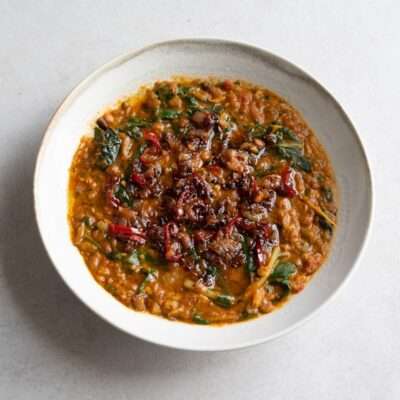
Green Lentil & Swiss Chard Daal
Ingredients
For the daal
- Neutral oil (such as sunflower, vegetable, groundnut, or just olive oil)
- 1 onion, diced
- 200 g Swiss chard
- 5 garlic cloves, crushed
- 30 g ginger, finely diced
- 1 tsp ground cumin
- 1/2 tsp garam masala
- 1/2 tsp ground coriander
- 1/2 tsp chilli powder
- 1/4 tsp cinnamon
- 1/4 tsp turmeric
- 1 tin plum tomatoes
- 400 ml oat milk
- 2 tins green lentils (or 200g dried lentils, see notes)
- 20 g coriander
- 1 lemon, juiced
For the Caramelised Onion & Garlic Topping
- 1 tsp mustard seeds
- 1 onion, diced
- 2 garlic cloves, finely sliced
- 1 red chilli, finely sliced
- 1 tbsp brown sugar
Instructions
- Heat the neutral oil in a casserole and add the onions to sweat gently. Strip and roughly tear the leaves of the chard (keep in the fridge for later), then finely chop the stalks and add to the onion. Cook both until translucent, then add the garlic and ginger and continue cooking until fragrant.
- Add all of the ground spices to the pan as well as 3/4 tsp salt and cook for about 30 seconds, just to wake up the flavours.
- Tip in the plum tomatoes, breaking them up with a spoon as you go. Refill the tomato tin with the oat milk (one tin is 400 ml), and add to the pan along with one tin of lentils including the liquid. Bring to a boil and cook covered for 1 hour while stirring every now. Take off the lid and keep cooking until the lentils begin to disintegrate and thicken (30 minutes).
- In the meantime, make the topping. In a frying pan, fry the mustard seeds until they begin to pop. Add some neutral oil as well as the remaining onion and a pinch of salt and fry on medium-high heat until the onions begin to brown. Add the garlic and sliced red chilli and cook until both are fragrant and the garlic slices are lightly golden. Add a splash of water along with the sugar and cook it into a light syrup. Then turn off the heat.
- Trim the lower part of the coriander stalks and discard. Reserve a few leaves, then chop the rest. Add the remaining tin of lentils including the liquid along with the chopped coriander and the chard leaves. Cook for another 5-10 minutes until the chard is wilted. Add the lemon juice and stir through. Then serve with the topping and a few extra coriander leaves.
Notes
- For a richer lentil flavour, start with 200g dried ones in a separate pan, cover with double the amount of water, add a generous pinch of salt, then bring to a boil and simmer covered for 20 minutes or until tender. Then simply add the cooked lentils as you would in the recipe.
- This makes a light lunch by itself or serve with Basmati rice or homemade flatbreads for dinner.


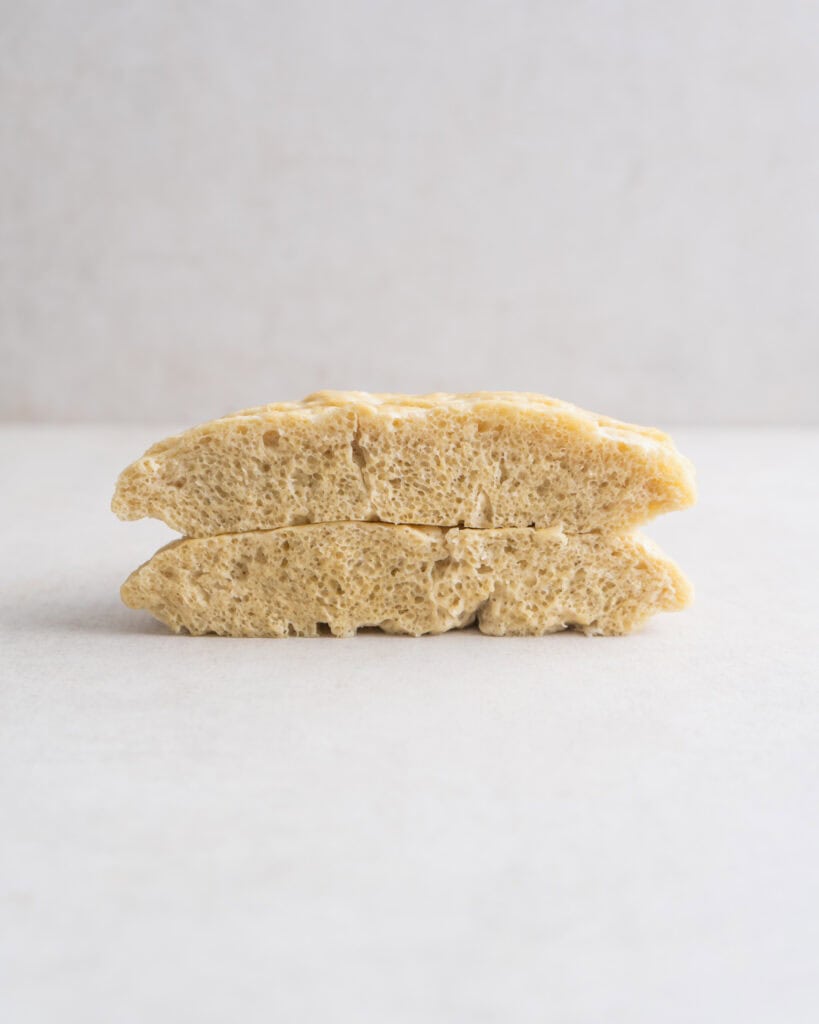
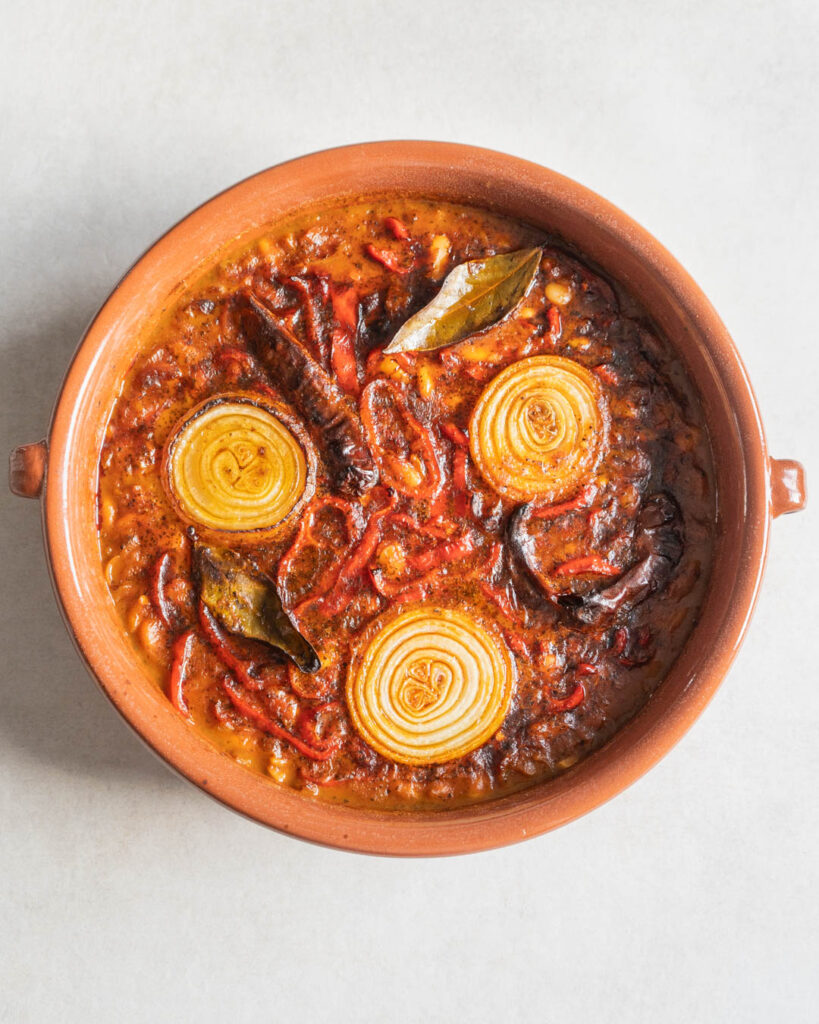
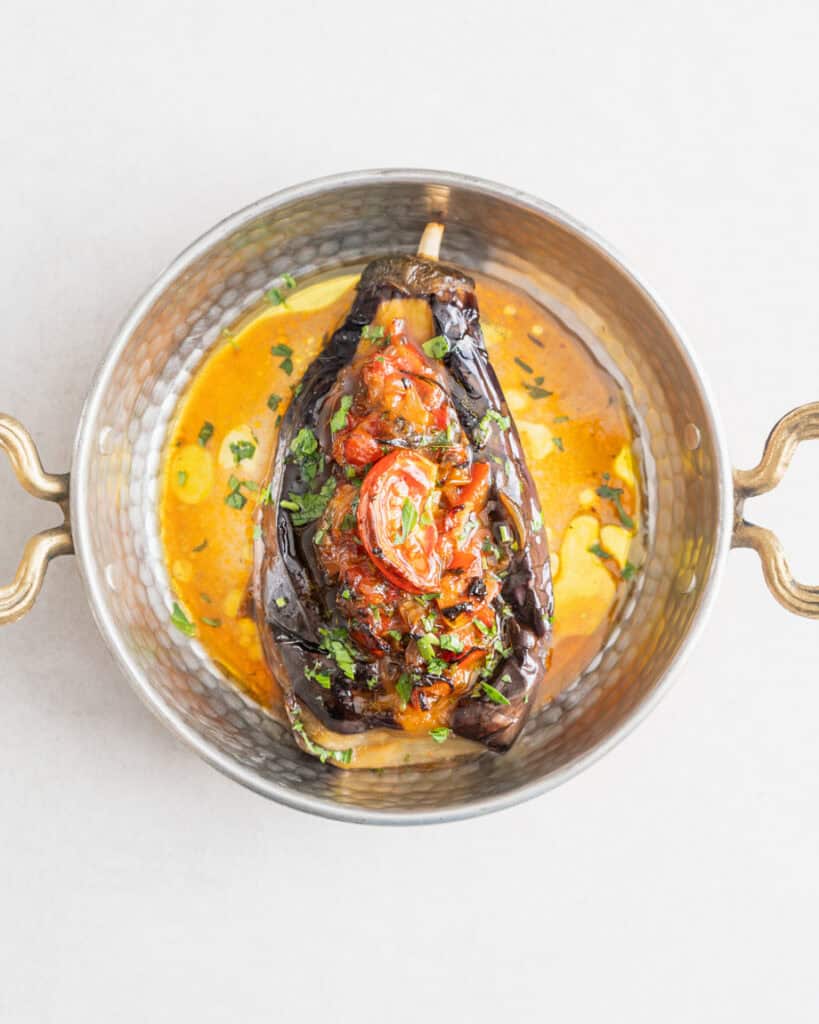
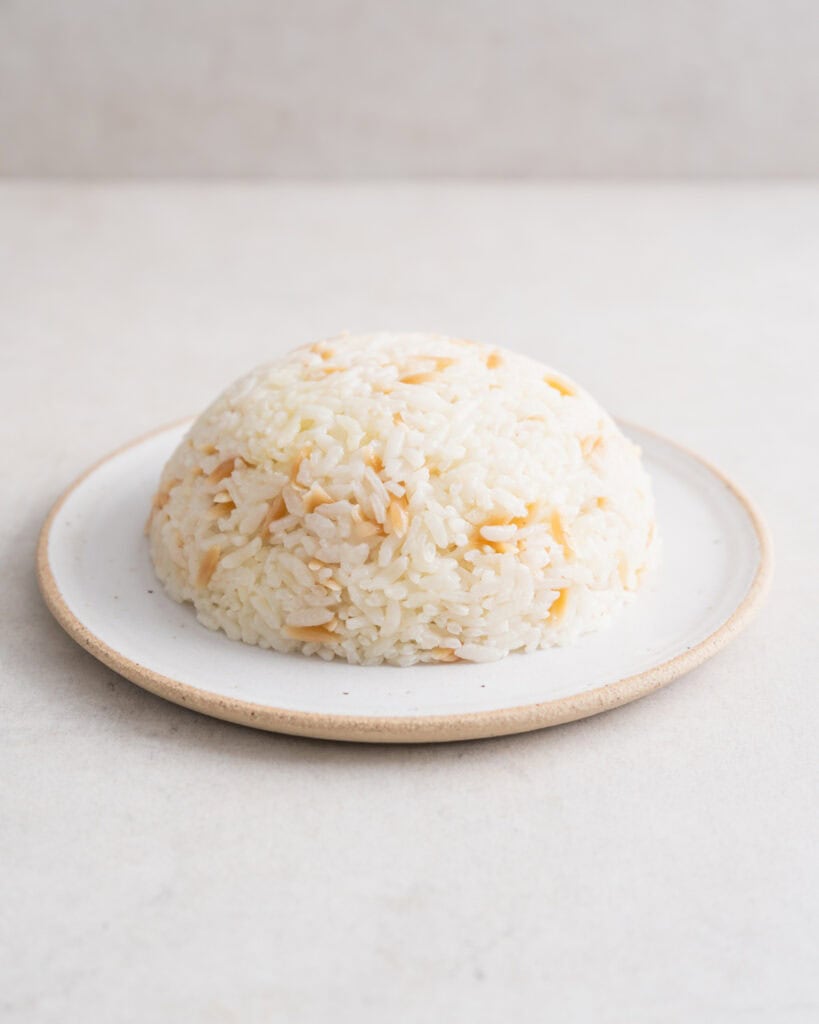




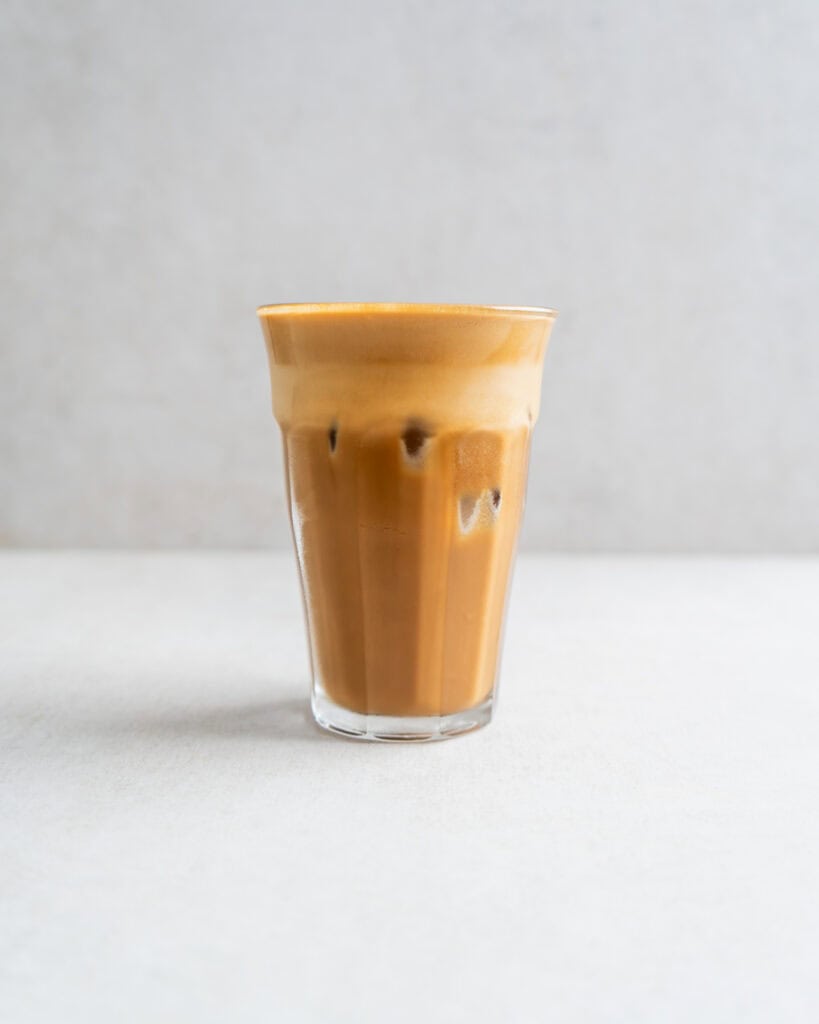

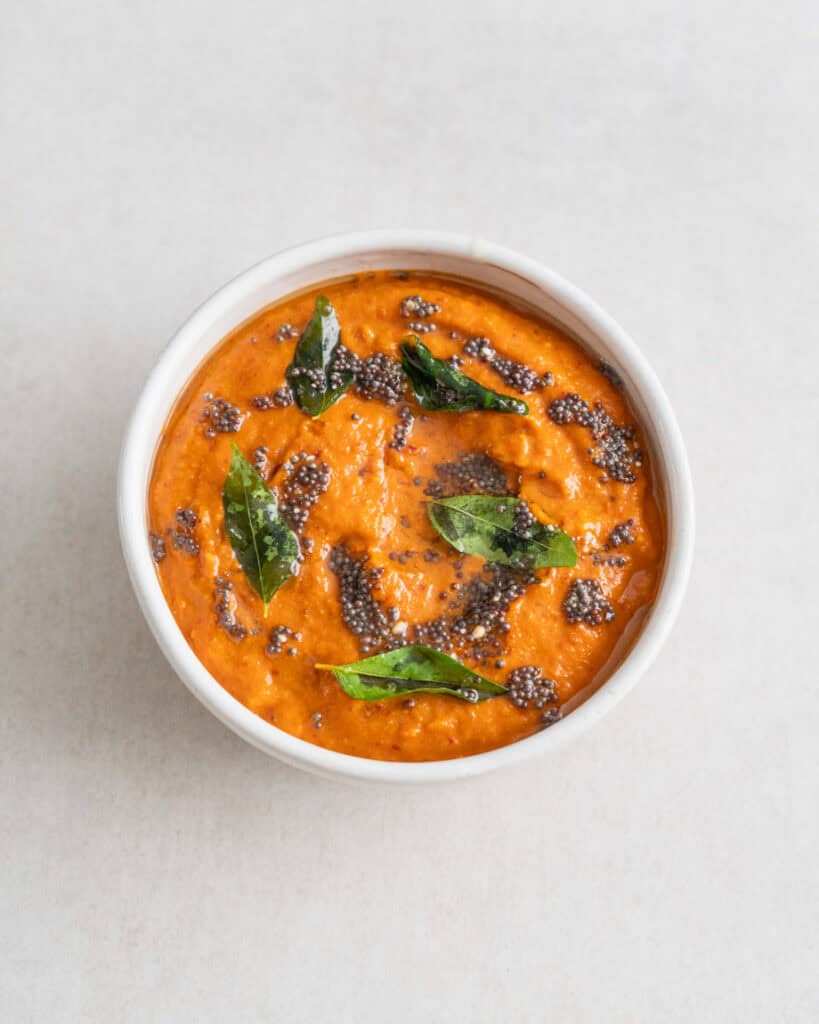
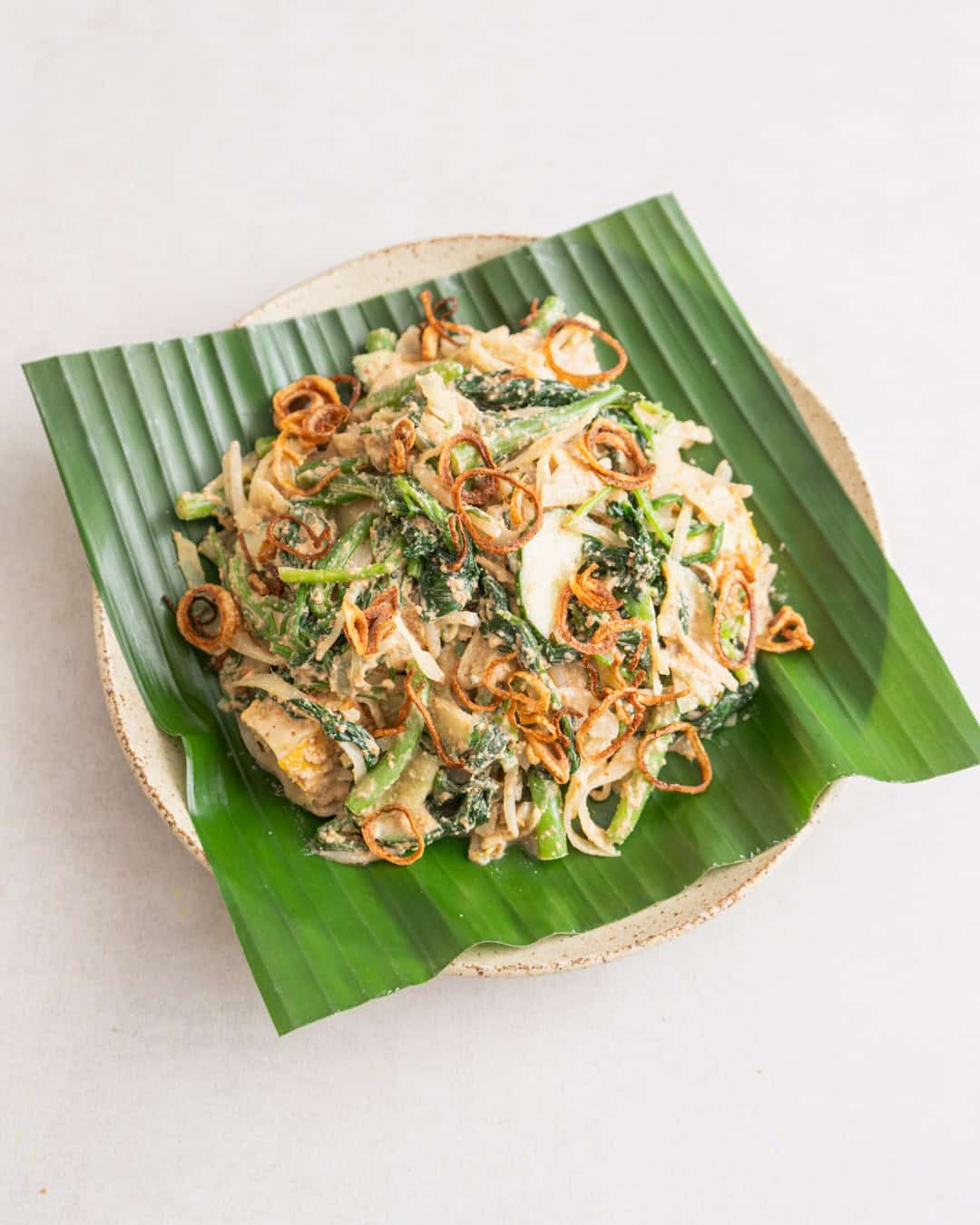
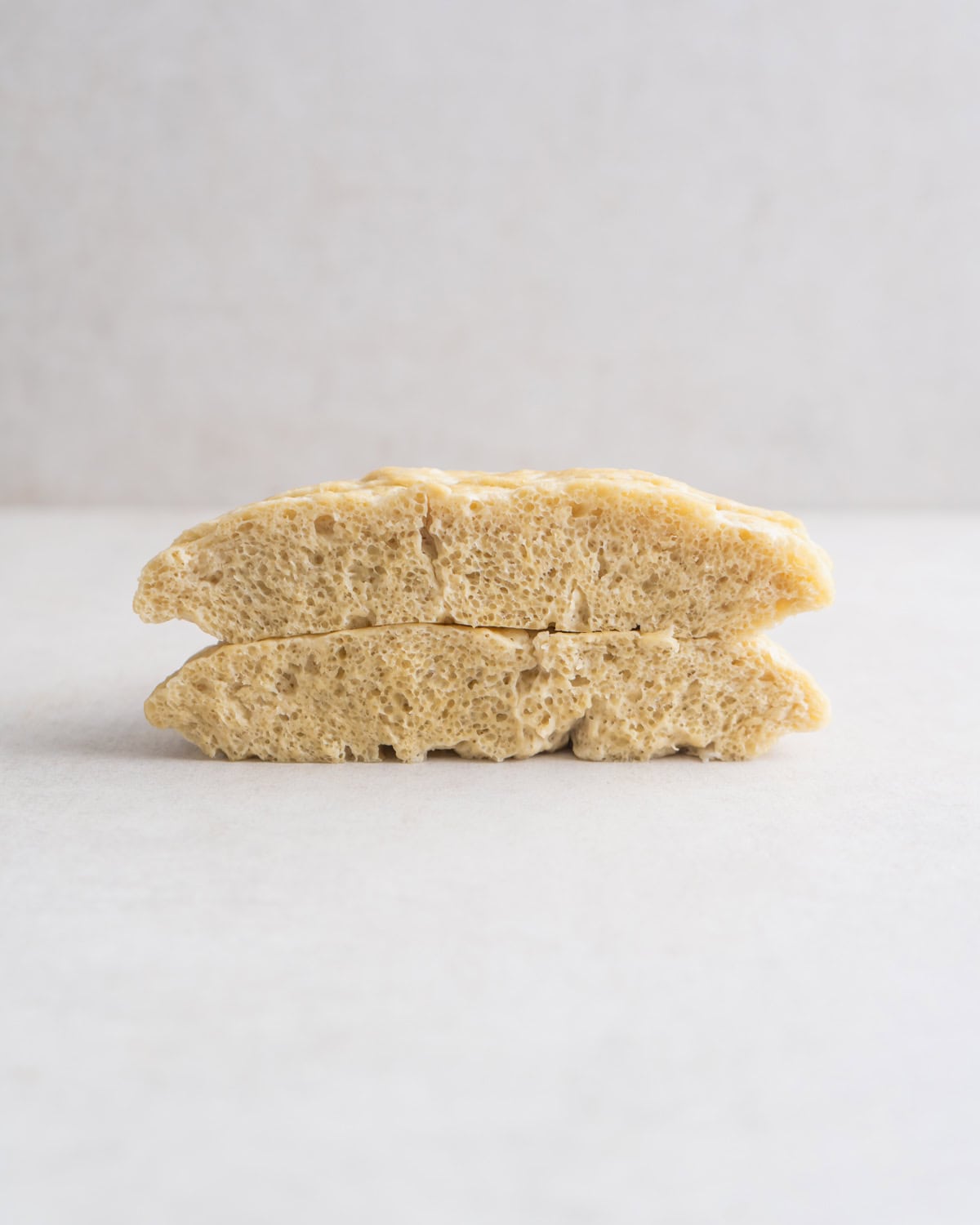

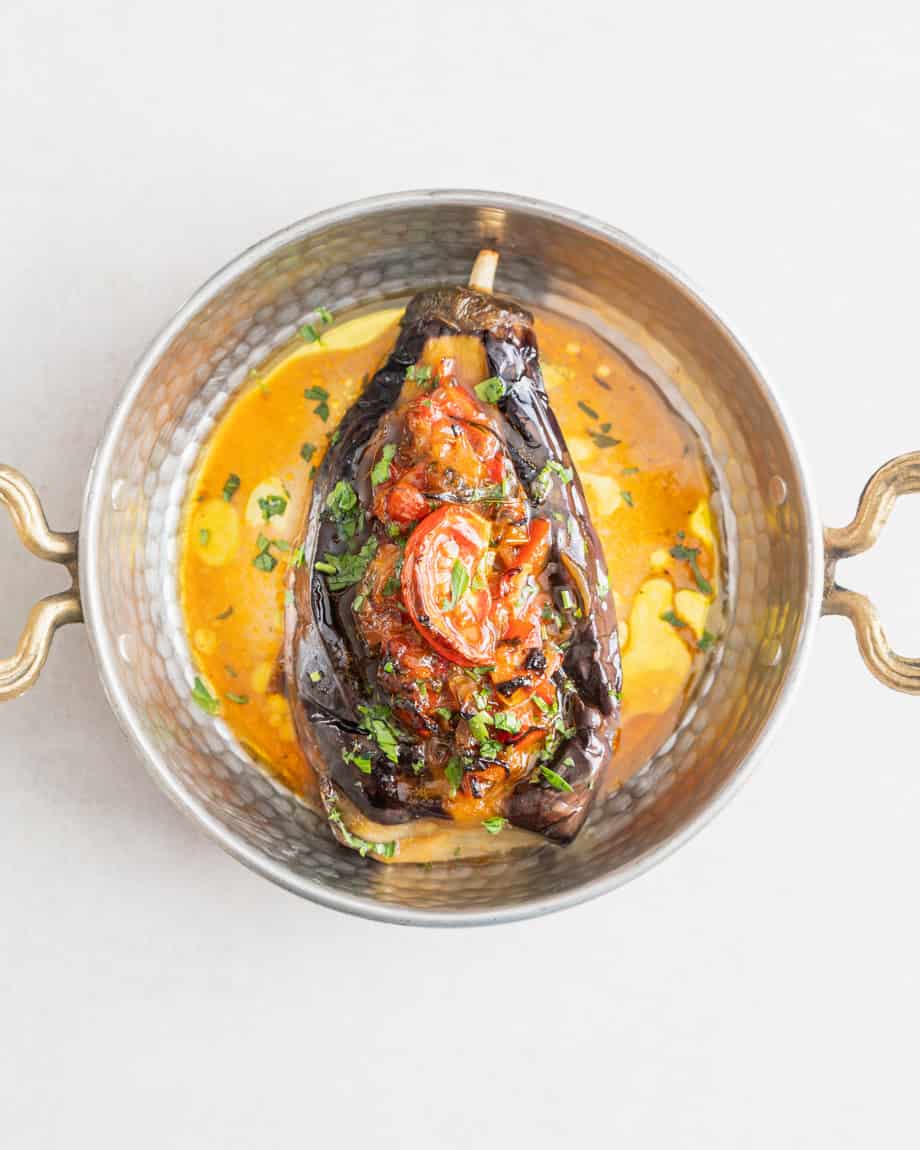

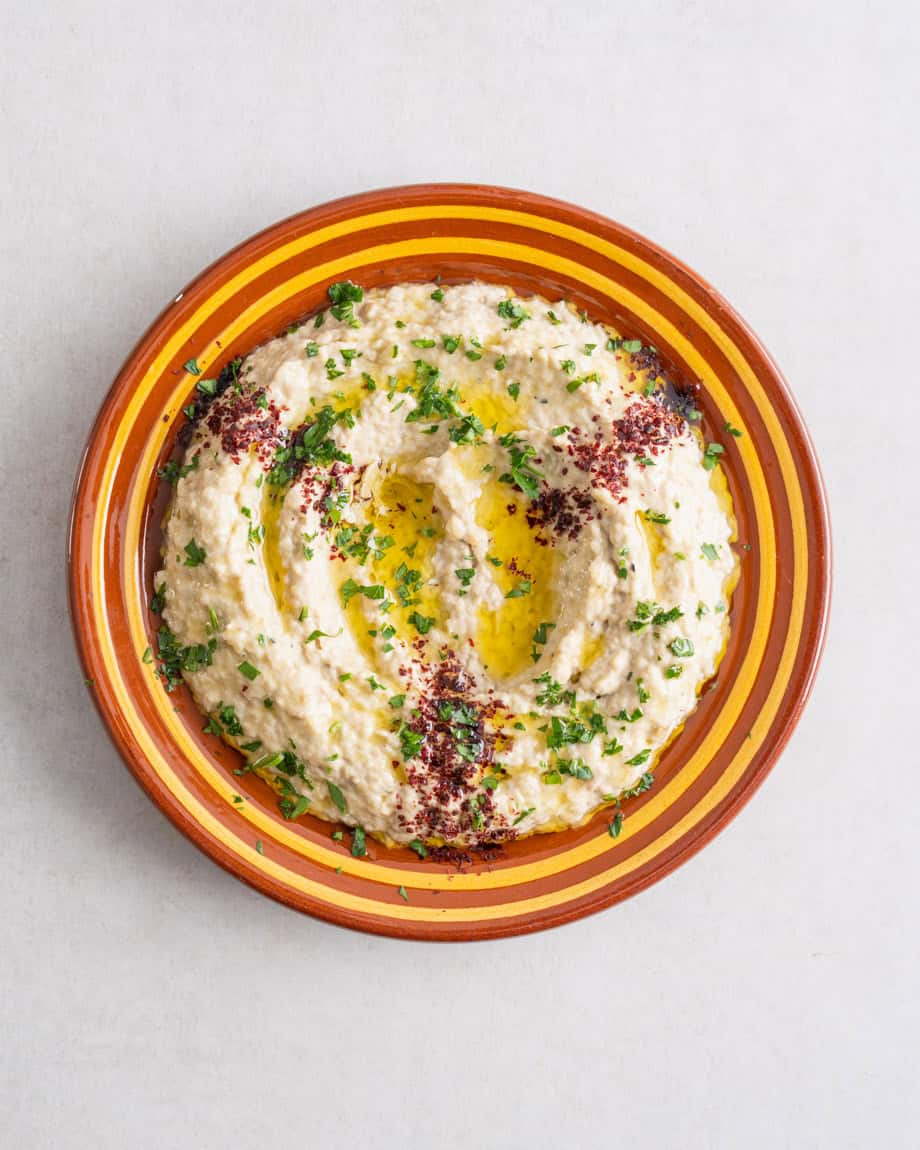
0 Comments